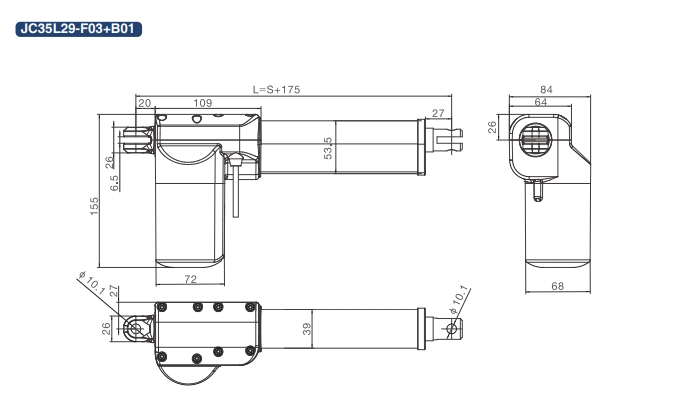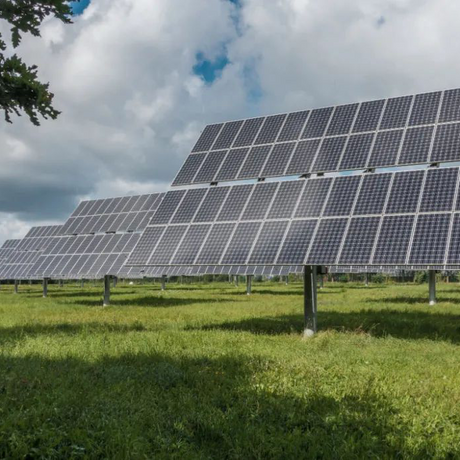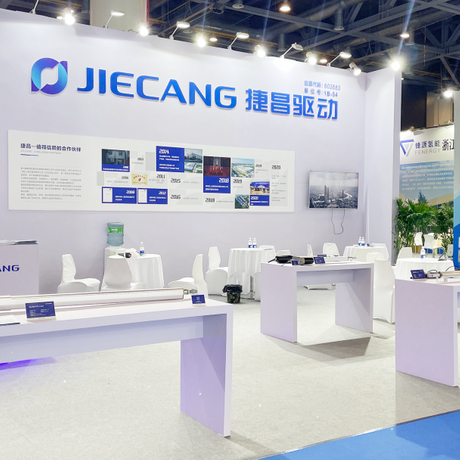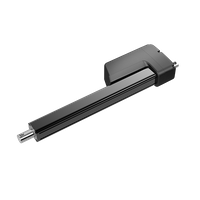- Home
-
- TF Integrated Workstation
- TT Integrated Station
- TS Single-Person Station
- TO Single-Person Station
- Advanced Office Table
- Manager Table
- Odette Conference Table
- Lifting White Board
- Lifting Podium
- Working Port
- Zen Standing Desk
- Lifting Coffee Table
- Home Standing Desk
- Nature Standing Desk
- Invictus Gaming Desk
- Study Desk
-
-
- Electric Hospital Bed
- Image Equipment
- Examination Bed/Clinic Bed
- Operation Table and Chair
- Infant Incubator
- Independent Weighing System
- Home Care Bed
- Patient Lift
- Wheelchair
- Toilet Lift
- Bath Lift
- Shower Trolley
- Smart Rollator
- Ophthalmic Workstation
- Treatment Chair
- Facial Chair
- Traction Table
- Massage Chair
- OT Training Equipment
- Stand-up Application
- Rehabilitation Robot
-
-
- Photovoltaic Application
- Photothermal Application
- Energy Storage Container
- Tractor
- Seeder
- Fertilizer Spreader
- Harvester
- Rotary Cultivator
- Climate Control System
- Automatic Feeding System
- Excavator
- High Altitude Work Platform
- Garbage Truck
- Street Sweeper
- AMR Automated Guided Vehicle (AGV) and Autonomous Mobile Robot (AMR)
- Forklift Accessories
- Palletizing Collaborative Robots
- Packaging Machine
- Mobile Light Tower
-
-
Solar Linear Actuator Concept System and Working Principle
Views: 0 Author: Site Editor Publish Time: 2025-03-07 Origin: Site
If you’re diving into the world of solar energy, or are simply curious about how solar energy works, then you’ve probably heard the term “solar linear actuator” thrown around. Sounds complicated, right? But don’t worry – we’ve got your back! In this article, we’ll break down what a solar linear actuator is, how it works, and why it’s going to change solar installations.
What Exactly is a Solar Linear Actuator?
A solar linear actuator is essentially a gadget that moves solar panels, or solar trackers, so they’re always facing the sun. Think of it like a motorized arm that adjusts the position of your solar panels throughout the day. This gadget helps keep your panels in the optimal position for maximum energy yield. In short, it’s the unsung hero of your solar power system!
These actuators are typically powered by solar energy (so it’s kind of like a solar tool to move your solar panels – talk about full circle), and they’re part of a solar tracking system that allows solar panels to follow the sun’s path across the sky.
Why Should You Care about Solar Linear Actuators?
Traditional solar panels just sit there statically, facing the sun at a fixed angle. What’s the problem? The sun is constantly moving throughout the day, and your linear actuator solar panel is missing out on some important energy potential.
That’s where solar linear actuators come in. Solar Tracker Linear Actuators By using these actuators in a solar tracking system, your linear actuator solar panel can adjust its position to follow the sun, maximizing the amount of sunlight they capture. It’s like giving your linear actuator solar panel a brain and some muscles, allowing them to work smarter and more efficiently.
How do Solar Linear Actuators Work?
A solar linear actuator consists of a few simple parts:

Modern solar actuators are designed to precisely adjust the angle and position of solar panels to maximize sunlight capture throughout the day. These actuators are a key part of solar tracking systems, and their operation is based on a combination of mechanical and electronic components working together in real time. Here's how they function:
1. Motor (Power Source):
The system begins with an electric motor—typically a DC motor or stepper motor—which provides the necessary power to drive movement. In many designs, this motor is powered directly by solar energy, making the entire setup energy-efficient and sustainable.
2. Lead Screw or Ball Screw (Motion Conversion):
The rotary motion generated by the motor is converted into linear motion using a lead screw or ball screw mechanism. This conversion is crucial because solar panels need to tilt or rotate in a straight-line path to maintain optimal positioning toward the sun. The type of screw used can affect the actuator's efficiency and load capacity. For example, ball screws offer lower friction and higher precision, making them ideal for heavy-duty or high-accuracy applications.
3. Control System (Smart Tracking):
At the core of the actuator's intelligence is the control system. It continuously monitors the sun’s position using programmed algorithms or real-time sensors such as light-detection sensors (LDRs) or GPS modules. Based on this data, the control unit sends precise signals to the motor to adjust the solar panel’s orientation accordingly.
Example in Action: Daily Sun Tracking
Imagine a solar panel equipped with an actuator system:
At 9:00 AM, the sun rises in the east. The actuator receives a signal from the controller to rotate the panel eastward.
As the sun moves higher, by 12:00 PM (noon), the actuator gradually shifts the panel to face directly south, aligning with the sun's midday position.
As evening approaches and the sun sets in the west, the actuator again moves the panel to follow this shift.
This continuous movement—often referred to as single-axis or dual-axis tracking—significantly increases the panel’s exposure to sunlight compared to fixed installations. On average, solar tracking systems can improve energy collection by 20–40%, depending on the location and design.
Uses of Solar Linear Actuators
1. Single-axis solar tracker linear actuators: These trackers move panels in one direction only (usually north to south). Solar linear actuators help tilt solar panels so they stay aligned with the sun as it moves.
2. Dual-axis solar tracker linear actuators: These are the next generation of trackers that move solar panels both vertically and horizontally. Dual-axis systems use solar linear actuators to ensure your solar panels are always in the best position.
3. Concentrated Solar Power (CSP) Systems: Some large solar installations use solar mirrors or lenses to concentrate sunlight onto a central point. Solar linear actuators adjust these mirrors for maximum efficiency.
4. Solar Panel Cleaning Systems: If you have a large solar farm, it’s important to keep your solar panel linear actuators clean. Some systems use actuators to move cleaning brushes or wipers across the solar panels.
Why You Should Consider Using Solar Linear Actuators?
Let’s be real here – if you really want to get the most out of your solar installation, a solar linear actuator is probably one of the best investments you can make.
To put it simply, the benefits are:Maximize efficiency, with a solar tracker linear actuator you can increase your energy output by 20% to 40%. No manual adjustments required, gone are the days of manually adjusting your panels. The actuator does the job for you. Low power consumption, solar linear actuators are energy efficient and only consume power when necessary. This means they don't eat into your energy savings. Durable and built to withstand the elements, so your panels remain efficient even in harsh conditions.
Product for Each Application Scenario
For applications that require high loads and precise control, the JC35SA16 model is recommended, with its 14.7KN static load and 0.5mm/s load speed making it an ideal choice.
For applications that require long strokes, the JC35SA22 model is the best choice with a stroke length of 967mm, while being able to withstand a load of 555KN.
For medium load and stroke requirements, the JC35SA15 model offers flexibility with a stroke of 700-1130mm and a load speed of 0.5mm/s.
For applications that require voltage flexibility and moderate strokes, the JC35SA1 model is a suitable choice with its 24/12V voltage and 550mm stroke.
Summary
Solar linear actuators may seem like a small part of your solar installation, but they play a big role in maximizing your system's potential. They can help your solar panels track the sun, improve energy efficiency, and give you more bang for your buck. Whether you're running a small solar installation or managing a large solar farm, these small devices can make a big difference.
So if you're looking to take your solar game to the next level, consider adding a solar linear actuator to your system. The JIECANG linear drive product platform not only has related products and solutions for Solar Linear Actuator, but also provides drive and intelligent control solutions for related industries such as smart office, medical care, smart home, and industrial automation.
Solar Linear Actuator FAQs:
1.How does a linear actuator work in a solar panel?
Electric actuators are an ideal fit for powering green devices such as solar panels. An electric linear actuator works by converting an electric motor's rotational motion into linear motion, giving a machine the ability to move in various directions (push and pull/up and down).
2.Are linear actuators AC or DC?
Electric linear actuators are driven by either an AC or DC motor. This article will highlight the main differences between these two motor types in order to assist you in the selection of the correct linear actuator motor.
3.How does a solar inverter synchronize with the grid?
Some inverters use a technology called phase-locked loop (PLL) to synchronize with the grid. PLL works by comparing the phase of the grid voltage with the voltage generated by the solar panels. If there is a slight difference between the two, the inverter will adjust its output to match the grid's frequency and phase.
Related Articles
QUICK LINKS

























